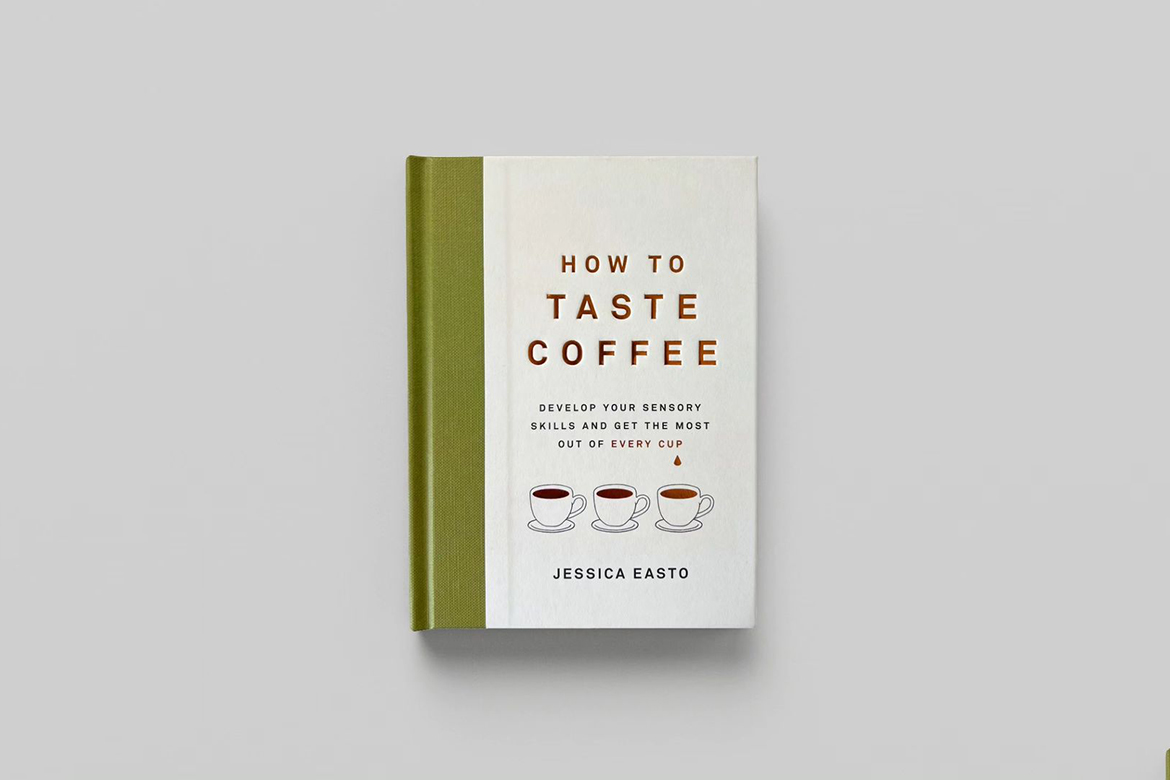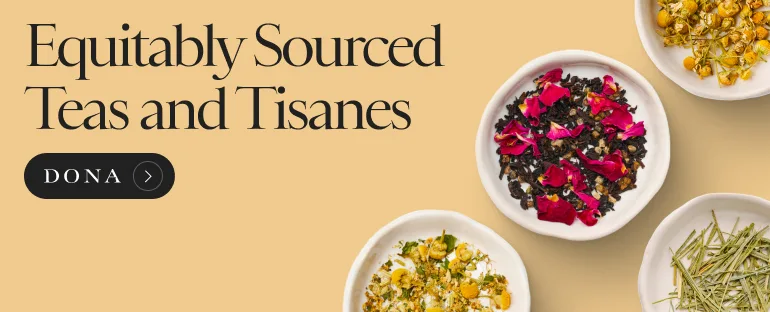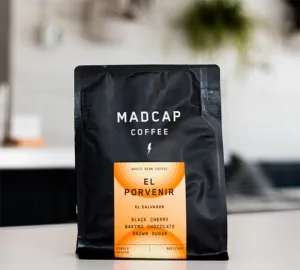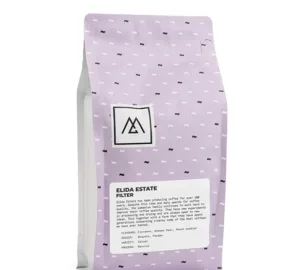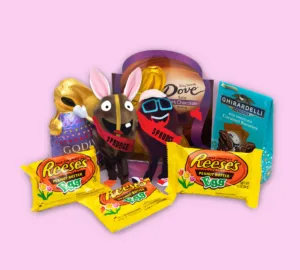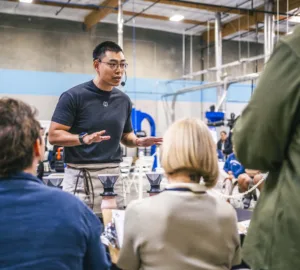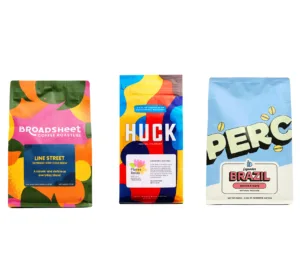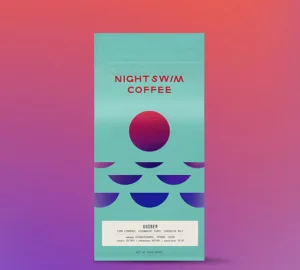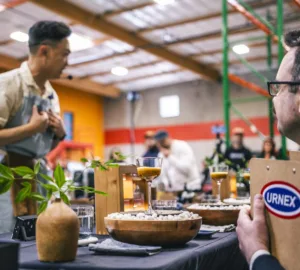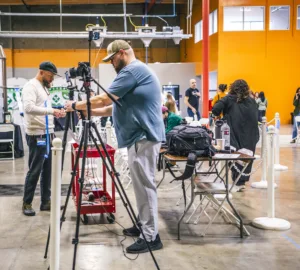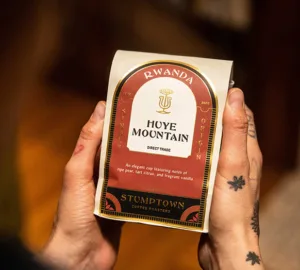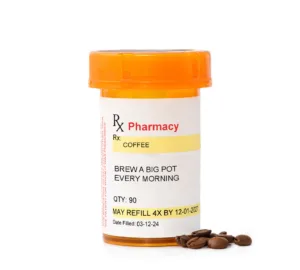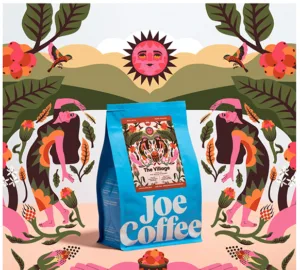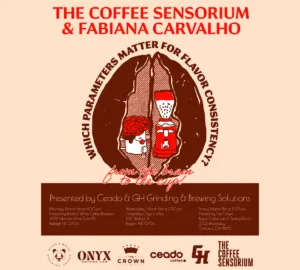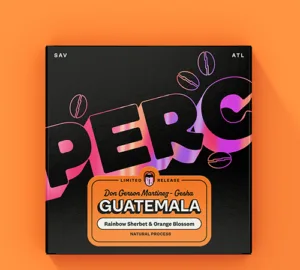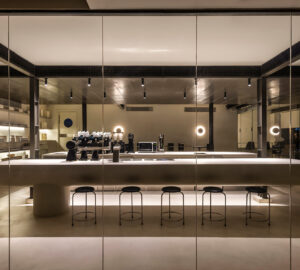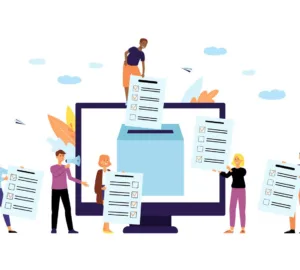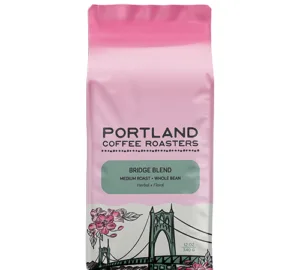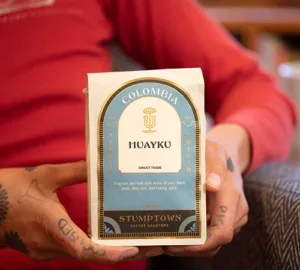Jessica Easto is a writer, editor, and self-proclaimed “non-professional coffee person” who has nonetheless put her non-coffee-pro bona fides to good use in the writing of her 2017 book Craft Coffee: A Manual. Articulately written and comprehensive, Craft Coffee distills coffee making techniques from industry professionals into easy-to-understand recipes, written by a home user for a home user. Since its release, Easto’s book has made best-of lists, including Sprudge’s 2017 holiday buying guide, and has been translated into Russian, Czech, Polish, Simplified Chinese, and Complex Chinese. It’s a book I still turn to whenever brushing off some non-Chemex device and feel like I need a refresher.
Now, Easto has turned her attention to the art of tasting coffee with her new book How To Taste Coffee. Releasing October 24th by Agate Publishing, How To Taste Coffee takes the same approach of Craft Coffee and applies it to tasting. In her well-researched second outing, Easto breaks down the science, terminology, and practice of cupping coffee and packages it for an audience that probably hasn’t had formal palate training, which of course she provides exercises for that as well.
To that end, Easto has teamed up with Onyx Coffee Lab to create sensory training packages. In the practicum bundle, along with a copy of How To Taste Coffee, folks will also receive an Onyx Sampler Box containing four 4oz bags of single origin coffee to put their coffee tasting skills to the test.
Ahead of the late-October release, we sat down with Easto to learn more about the new book, how it differs from other works already available on the subject, and the collaboration with Onyx Coffee Lab.
This interview has been lightly edited and condensed for clarity.
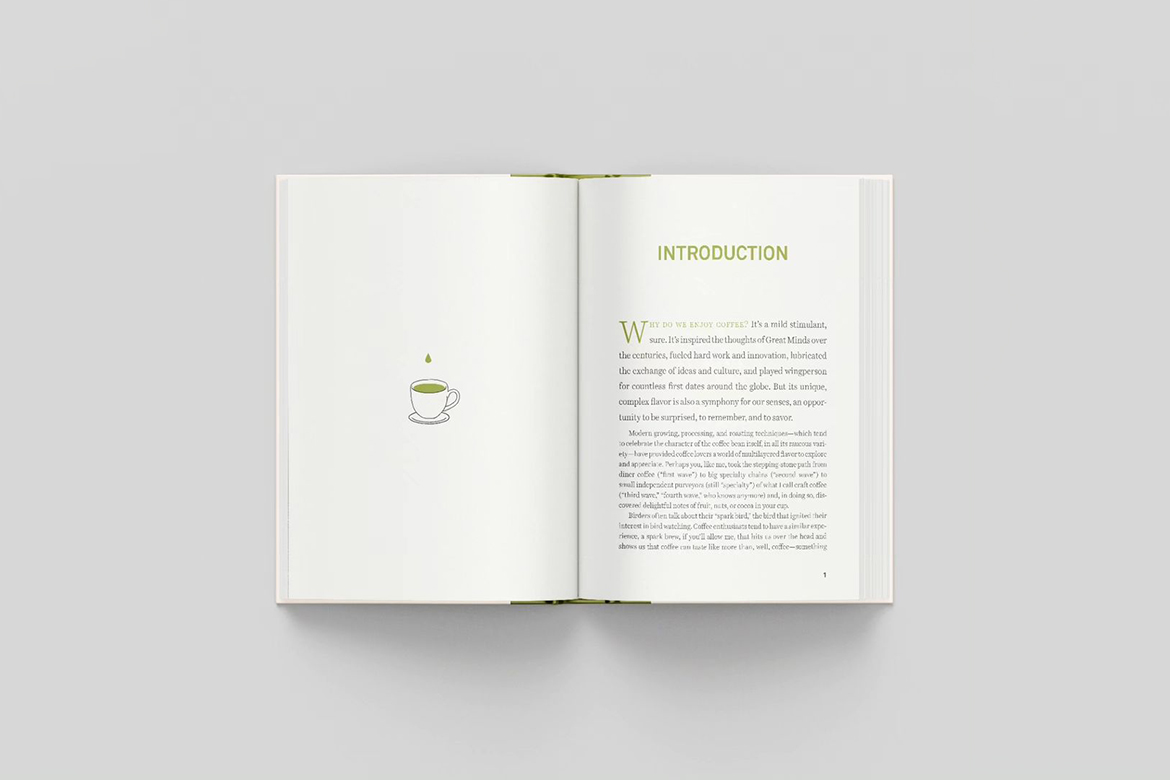
How did How To Taste Coffee come about? What made you want to write a second coffee book?
I had a few conversations with friends and readers that made me realize there seemed to be a disconnect between consumers and specialty coffee professionals about flavor notes. Flavor notes have done a good job of communicating the message, “specialty coffee has a depth and breadth of flavor!” And that’s exciting. It’s what many of us love about specialty coffee, and we want to explore it. But coffee doesn’t always taste like its flavor notes. Why is that?
Often, people tell me that they assume they’ve done something “wrong” in brewing, that they are “bad” tasters, or that the notes are simply marketing language that doesn’t mean anything. It can be an off-putting experience and makes specialty coffee seem inaccessible—and I’m all about making it more accessible, especially to newbies. It’s also confusing because these same folks have no problem choosing a craft beer or wine off a menu, knowing their flavor expectations will likely be met.
I thought I had a general understanding of why flavor notes can seem misleading. I’m also a book editor and writer and love words, so it sort of bothered me that there seemed to be this “failure to communicate.” I even thought, “Maybe I can help here.” But I was (am) no sensory expert, so I started researching about coffee flavor and our sensory systems. And what I learned was more wondrous and complex than I imagined! I, of course, did not single-handedly solve the communication issue, but I hope I give folks something to think about and some practical, actionable tips for developing their palates.
Who is this book geared toward: casual coffee drinkers, pros, both?
As with Craft Coffee, the audience I had in mind when I wrote How to Taste Coffee was enthusiastic specialty coffee consumers, like myself. We tend not to have access to the same conversations and resources that professionals have access to. Or there is so much information out there and the topics are so complex and the opinions so varied that it can be hard to know where to begin or what is relevant to us. I attempt to distill complex and evolving topics in an accessible way in this book.
However, professionals often tell me they found my first book useful, and I hope they find this book useful, too. Let me be clear: it’s not a book that’s going to teach you how to evaluate coffee like a Q grader. It’s not about evaluating at all. It’s about having fun discovering coffee flavor. But I use specialty coffee tools, like World Coffee Research‘s Sensory Lexicon, the Coffee Taster’s Flavor Wheel, and exercises (adapted for the home kitchen as needed) to help readers explore their sensory systems and develop their sensory skills and vocabulary. I also know that not all coffee professionals receive sensory training, so this may be a good starting point for them, too.
I also suspect it may contribute to the conversation between professionals and consumers about how we talk about coffee flavor—or at least I hope it does! I encourage consumers to taste widely and develop their palates, as that is key, but I also advocate for a simple, shared coffee sensory language, namely the one that continues to be developed through the Sensory Lexicon, which in my estimation is not currently being used in any widespread way with consumers.
How did you develop the content and curriculum in the book?
I researched for more than a year, reading scientific articles and literature put out by professional organizations like the Specialty Coffee Association. I also attended one of the SCA’s Sensory Summits and took a couple of First Crack‘s self-directed sensory courses (although I did not test and I picked and chose what I focused on, since I was not trying to become a professional coffee taster). And my husband and brother-in-law are in coffee, so I certainly had conversations with them and others as I was writing. I felt more like a journalist writing this book than I did with the first one. I also filtered what I learned through my experience as a coffee consumer, and that’s how I decided what went into the book and how it was organized.
The book also includes several palate exercises, and those were tested by friends and readers. A big thank you to them!
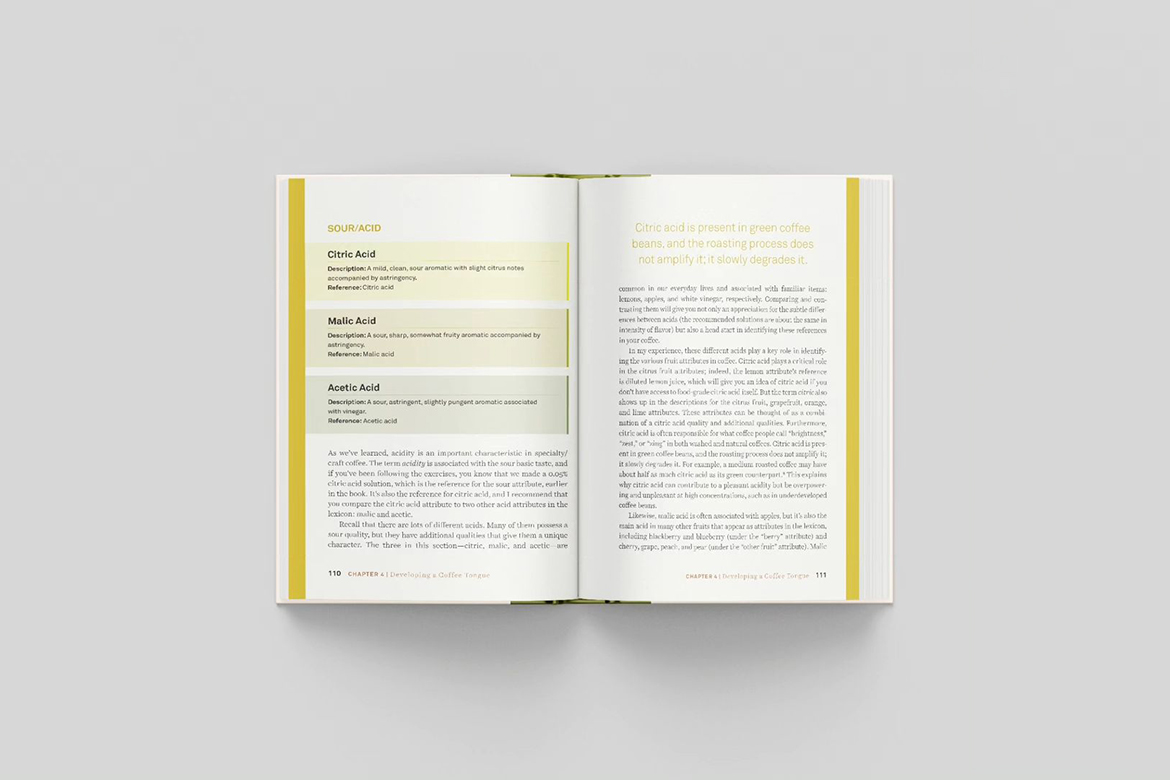
How would you say this book differs from other books on coffee tasting, like say, Freda Yuan’s Sip N’ Slurp?
Most of the coffee-specific tasting books I found were geared toward professionals whose goal is to evaluate coffee. Freda Yuan’s Sip ‘n’ Slurp is more accessible than those, and we share the perspective that discovering flavors other than “coffee” in coffee is not only joyful but a worthwhile exercise in mindfulness. I appreciate Freda’s perspective as a highly skilled professional taster (I am not one and don’t pretend to be) and particularly enjoyed how she described the experience of tasting and her advice in the chapter called “How to Increase Our Sensory Awareness.” Although there is some overlap, I don’t think the books are substitutes for each other; they are complements.
My book goes deeper than other books into the science behind how our sensory systems work, what affects flavor in coffee, and how we detect flavor in coffee specifically. Because I’m coming at it from a consumer’s perspective, I try to provide relevant context and tailor the information toward our goal, which is to explore coffee flavor and have fun. Some of it is my opinion based on my research and my own experience tasting coffee, such as which notes tend to be “easier” or “harder” to detect and which coffee might have a higher likelihood of containing certain notes. I don’t focus on defective flavors because most of those don’t reach us consumers.
As I mentioned, I also spend a good amount of time putting flavor notes, specifically, into context. For example, sometimes people can’t taste things in coffee because coffee flavor can be subtle and because you need to have the sensory experience of, say, “hazelnut”, in order to detect “hazelnut” in coffee. Freda mentions those things, too. But I also suggest (I hope not controversially) that the flavor notes themselves are sometimes flawed and that we can better interpret them as consumers and communicate with each other and professionals by building up our sensory literacy (while we wait for a standardized language to proliferate, if it ever does).
In its latest 25 newsletter, the SCA talked about opportunities for growth where marketing to consumers is concerned. They mentioned one key is “emotional value” and that “it’s much harder to capture the experience of connecting over coffee in a few words on a package, so maybe the industry’s next marketing challenge is to find a way of showing coffee’s emotional value.” What I’m arguing (I think) is that, from what I see, those flavor notes are often a missed opportunity for connection and sometimes even a consumer pain point. It’s worth exploring this issue because experiencing coffee flavor and being able to effectively communicate with others about it is emotional value. It’s fun to be able to say, “Oh, I taste dried fruit here,” and your friend says, “Me too!” And as I talk about in my book, flavor is deeply connected with memory and emotion. A cup of coffee is an opportunity to be transported back in time—and tell your friend the story of the time you got lost on a fruit farm in Michigan—all because you tasted (and could name) the strawberry flavor note in your coffee.
Tell us a little bit about the collab with Onyx Coffee Lab and how it came about.
Onyx is one of my favorite roasters, and it has been a great supporter of Craft Coffee—it has a great retail arm. I thought it would be super fun if readers could get the book with a few sample coffees so they could experience different flavor profiles and practice some of the skills they learned in the book. I brought the idea of presale bundles to the folks at Onyx and was so happy they said yes! So, right now, you can go to the Onyx website and choose from one of three options: How to Taste Coffee, How to Taste Coffee + Craft Coffee, or How to Taste Coffee + a roaster sample box with four 4oz packages of single origin coffee. The bundles will ship in late October when the book is released! Happy tasting!
Thanks Jessica!
Zac Cadwalader is the managing editor at Sprudge Media Network and a staff writer based in Dallas. Read more Zac Cadwalader on Sprudge.
All images via @CraftCoffee_AManual











